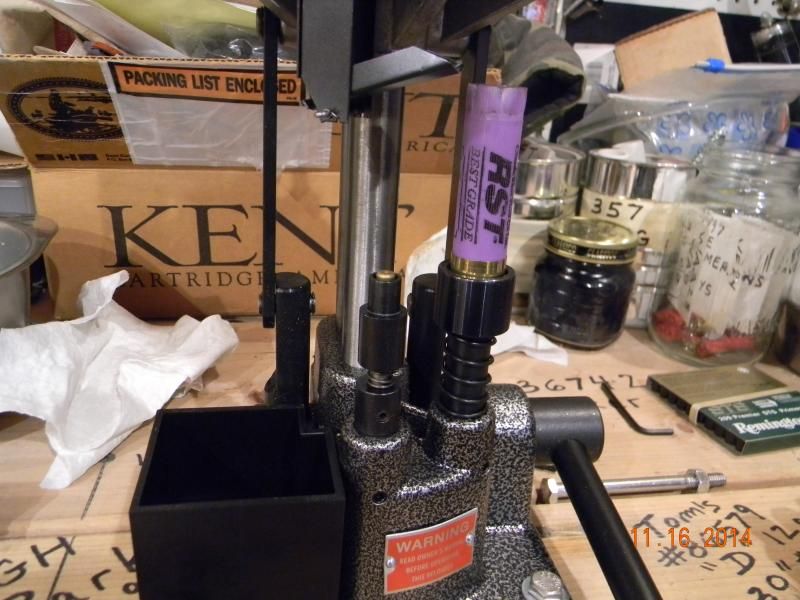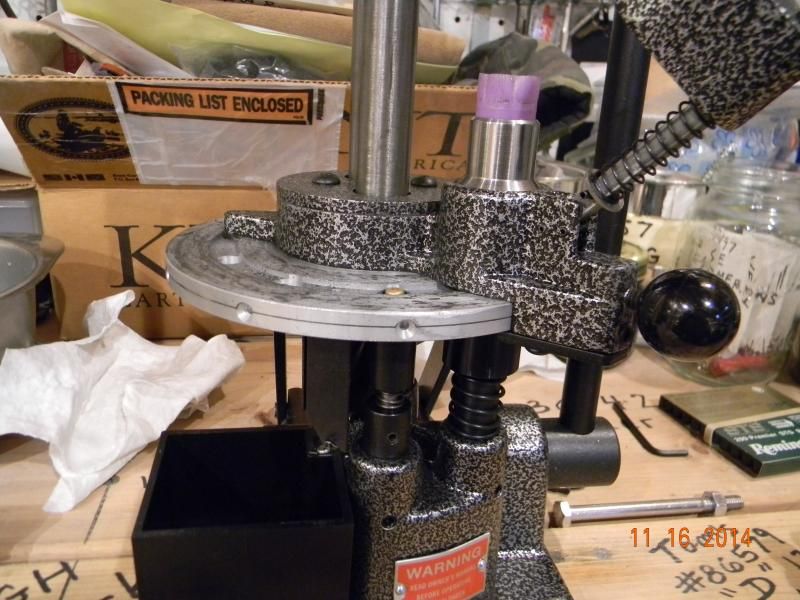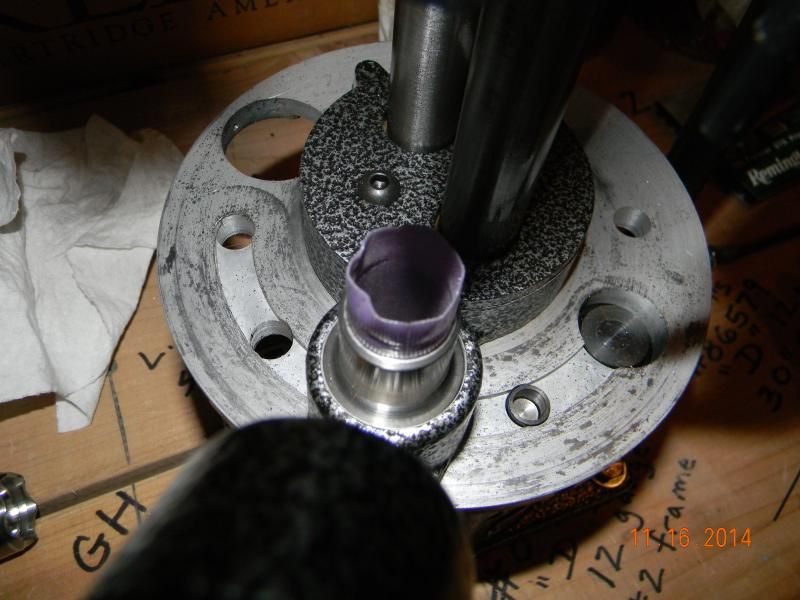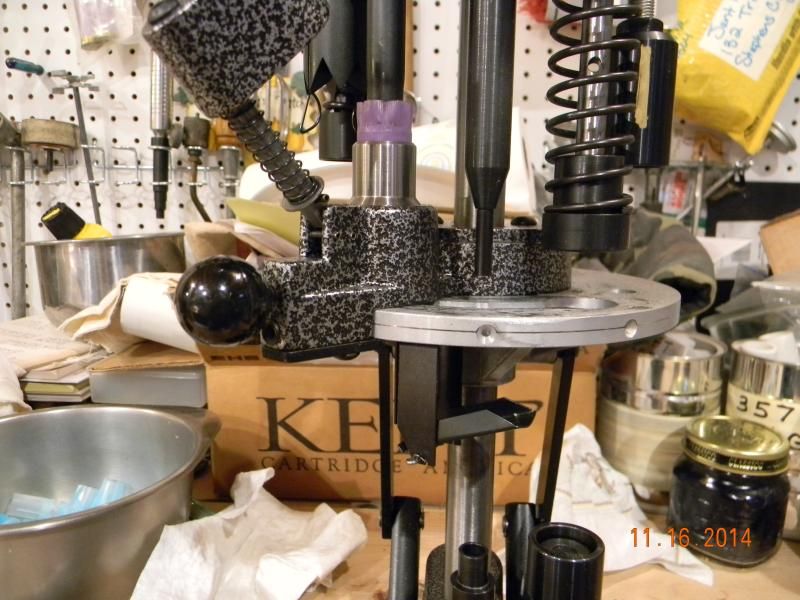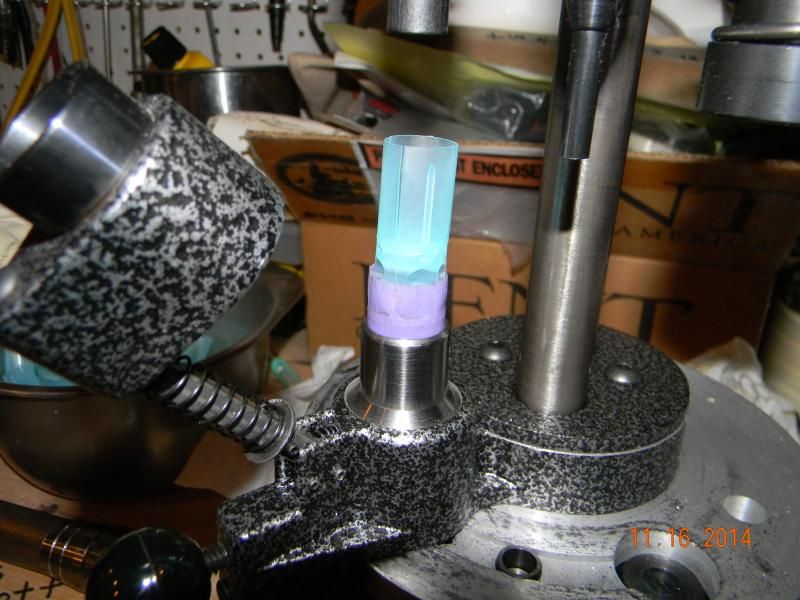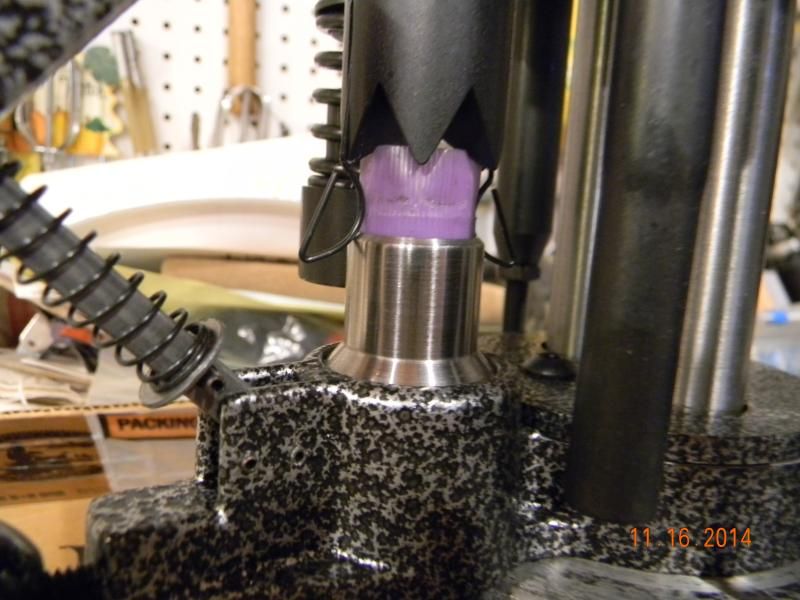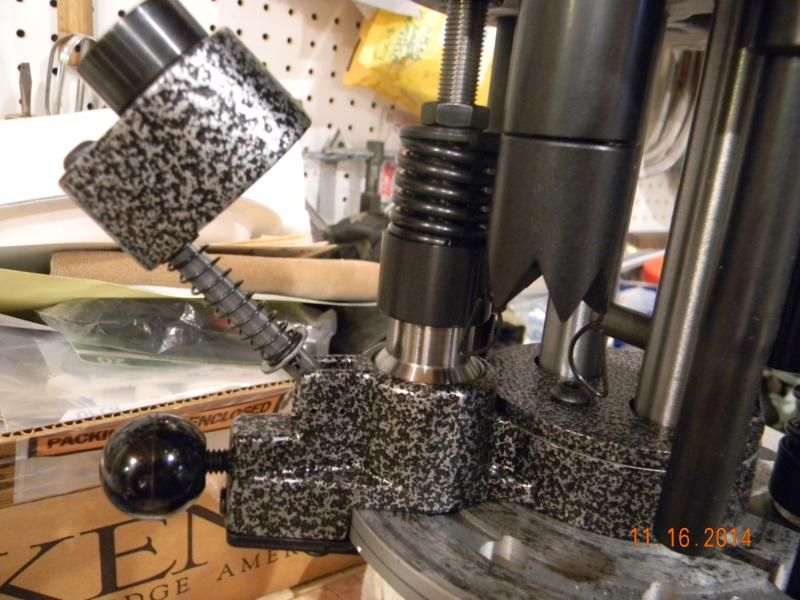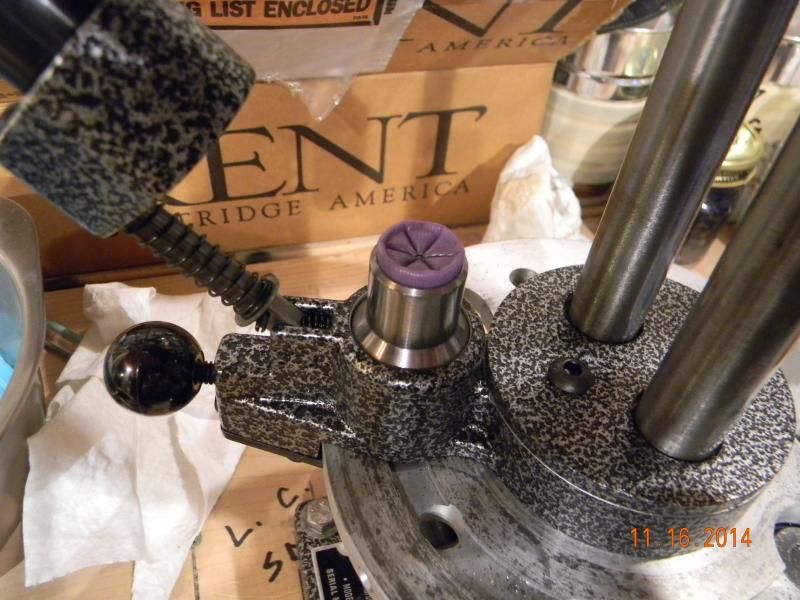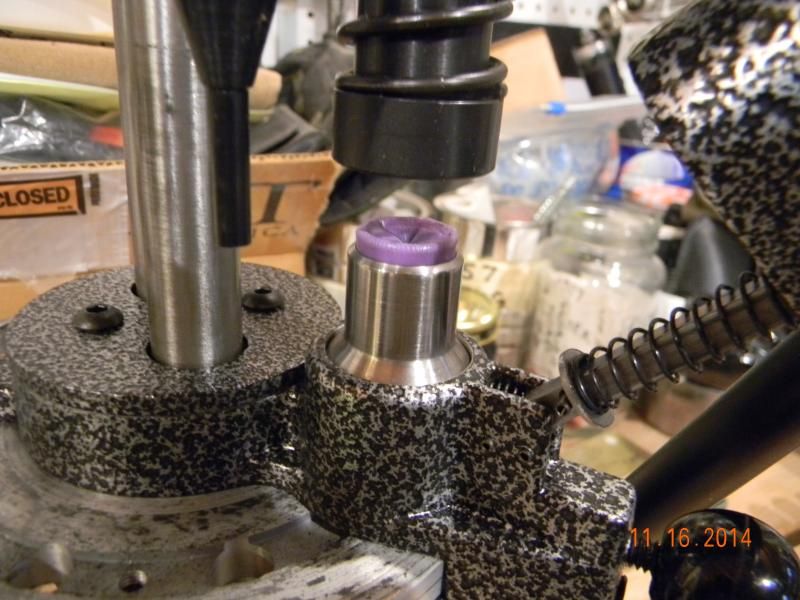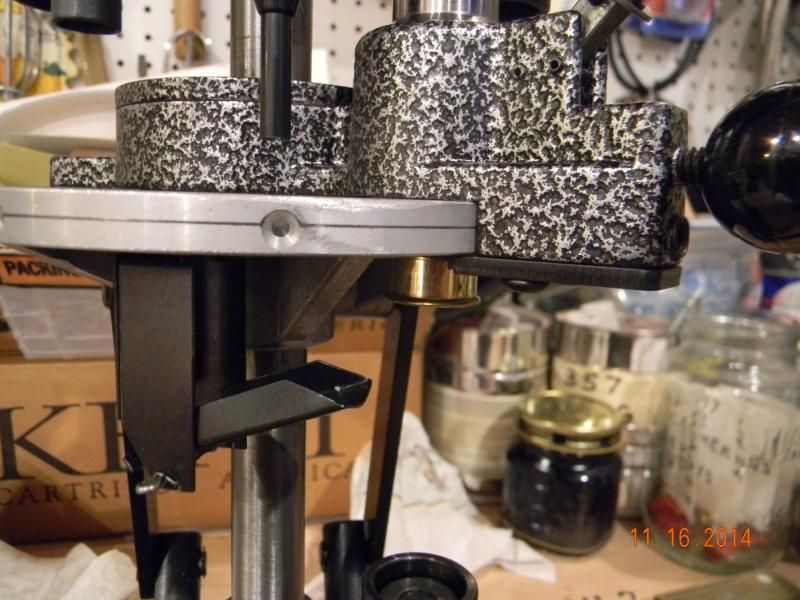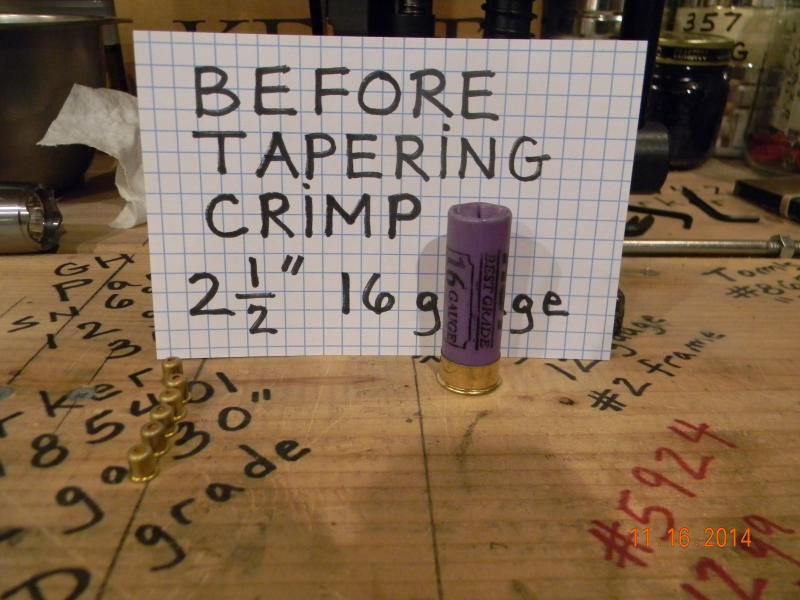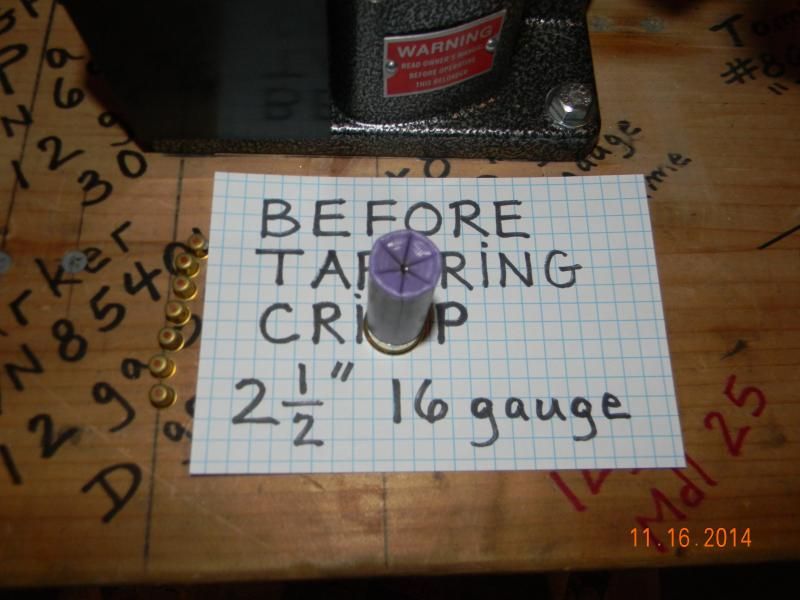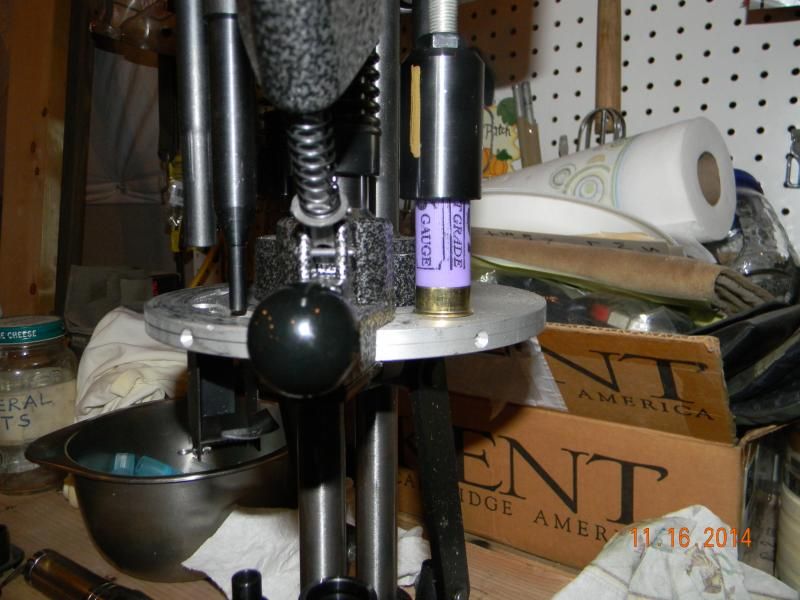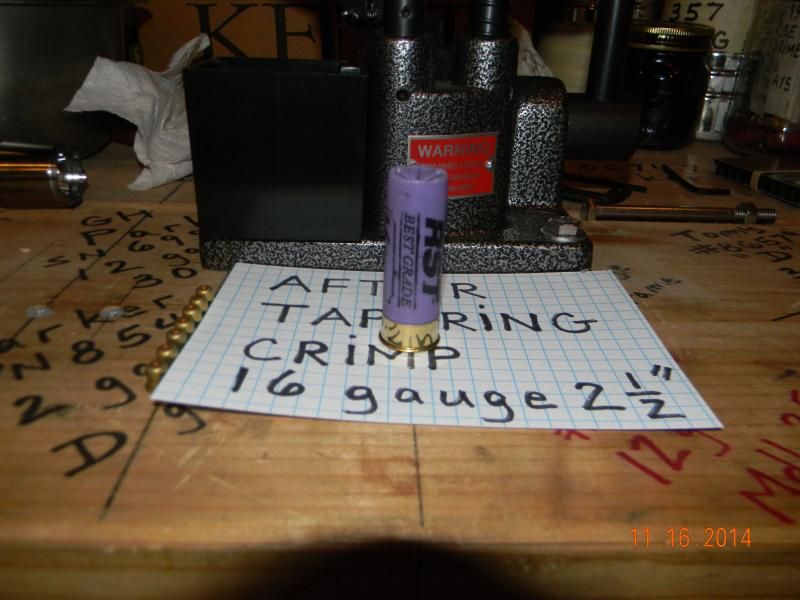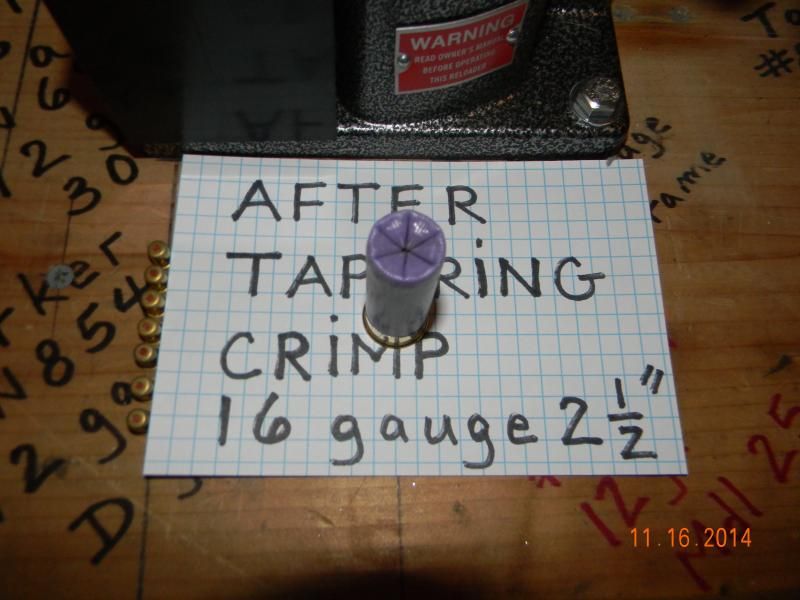- how to reload the short 16 gauge RST for you L C Smith Archived Message
- how to reload the short 16 gauge RST for you L C Smith - Jent P Mitchell III November 16, 2014, 3:58 pm
- Re: how to reload the short 16 gauge RST for you L C Smith - Tom Kilgore November 17, 2014, 7:01 am
- Win Model 1912 16 gauge chambers - Jent P Mitchell III November 18, 2014, 3:31 pm
- Re: how to reload the short 16 gauge RST for you L C Smith - Tom Kilgore November 17, 2014, 7:01 am
Posted by Jent P Mitchell III on November 16, 2014, 3:58 pm
Message Thread:
|
